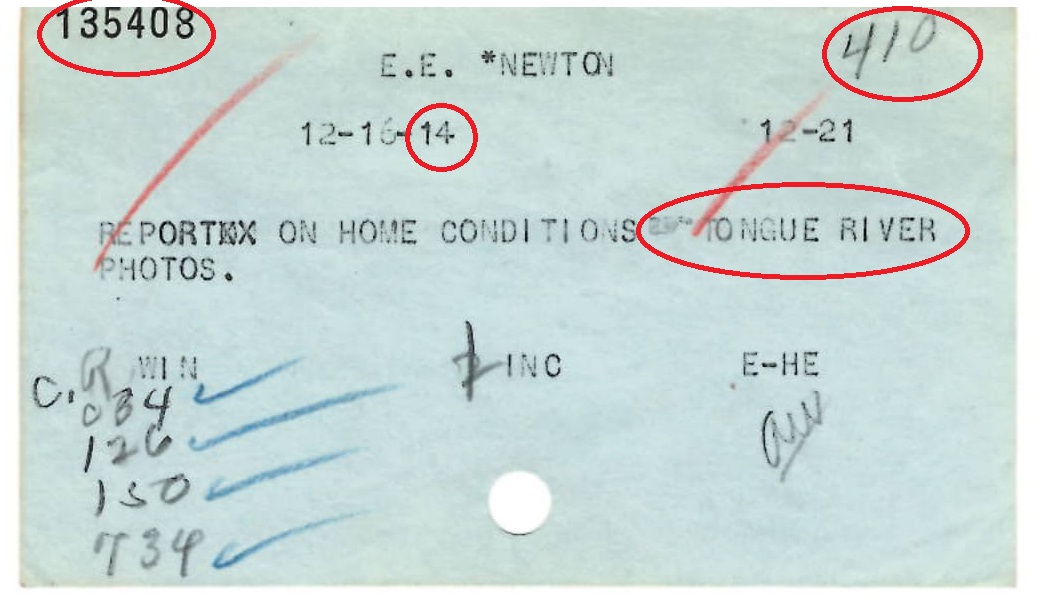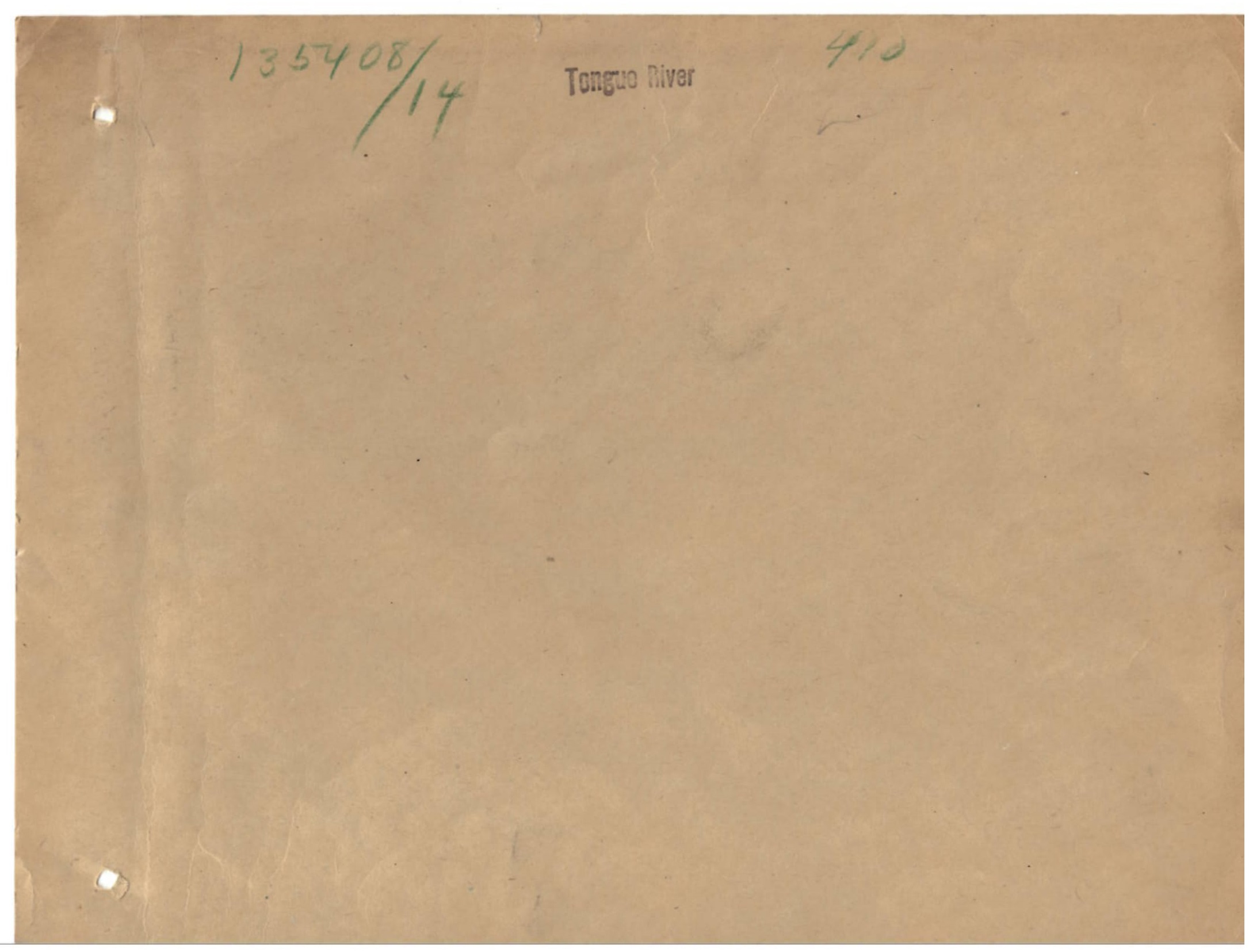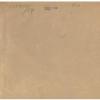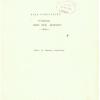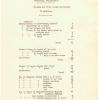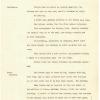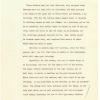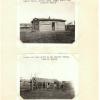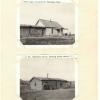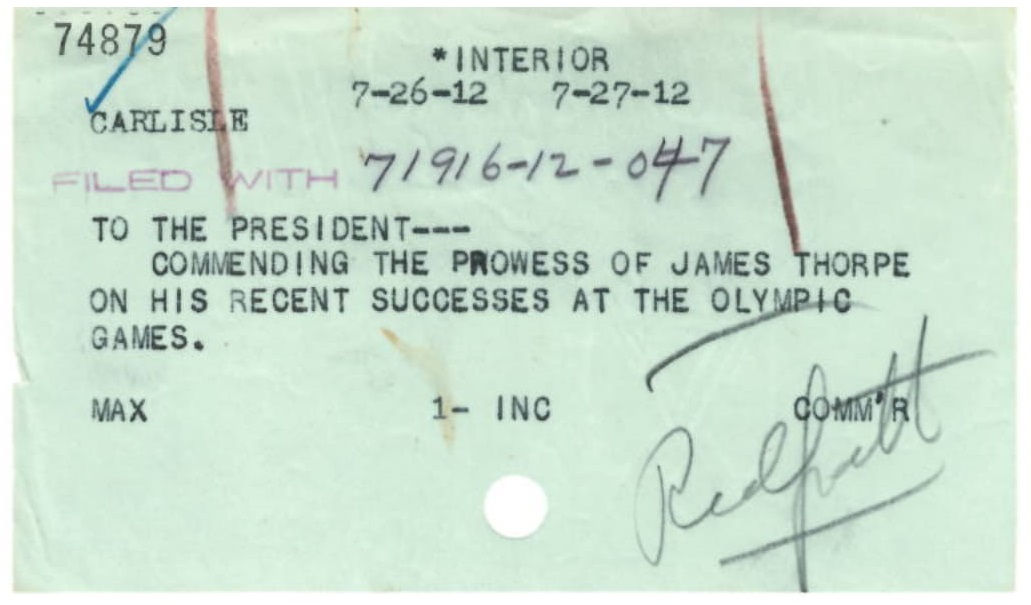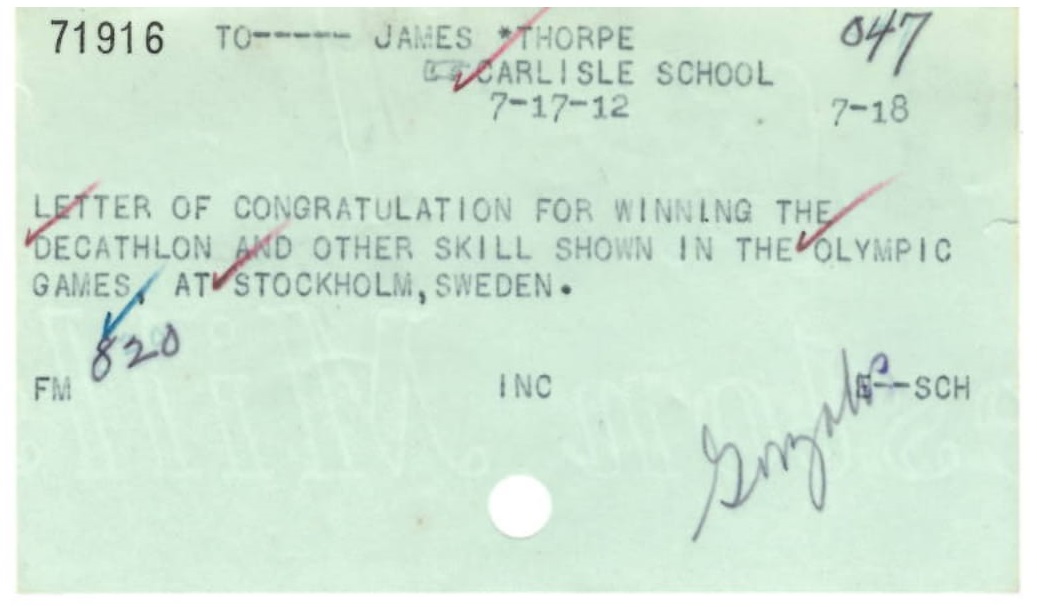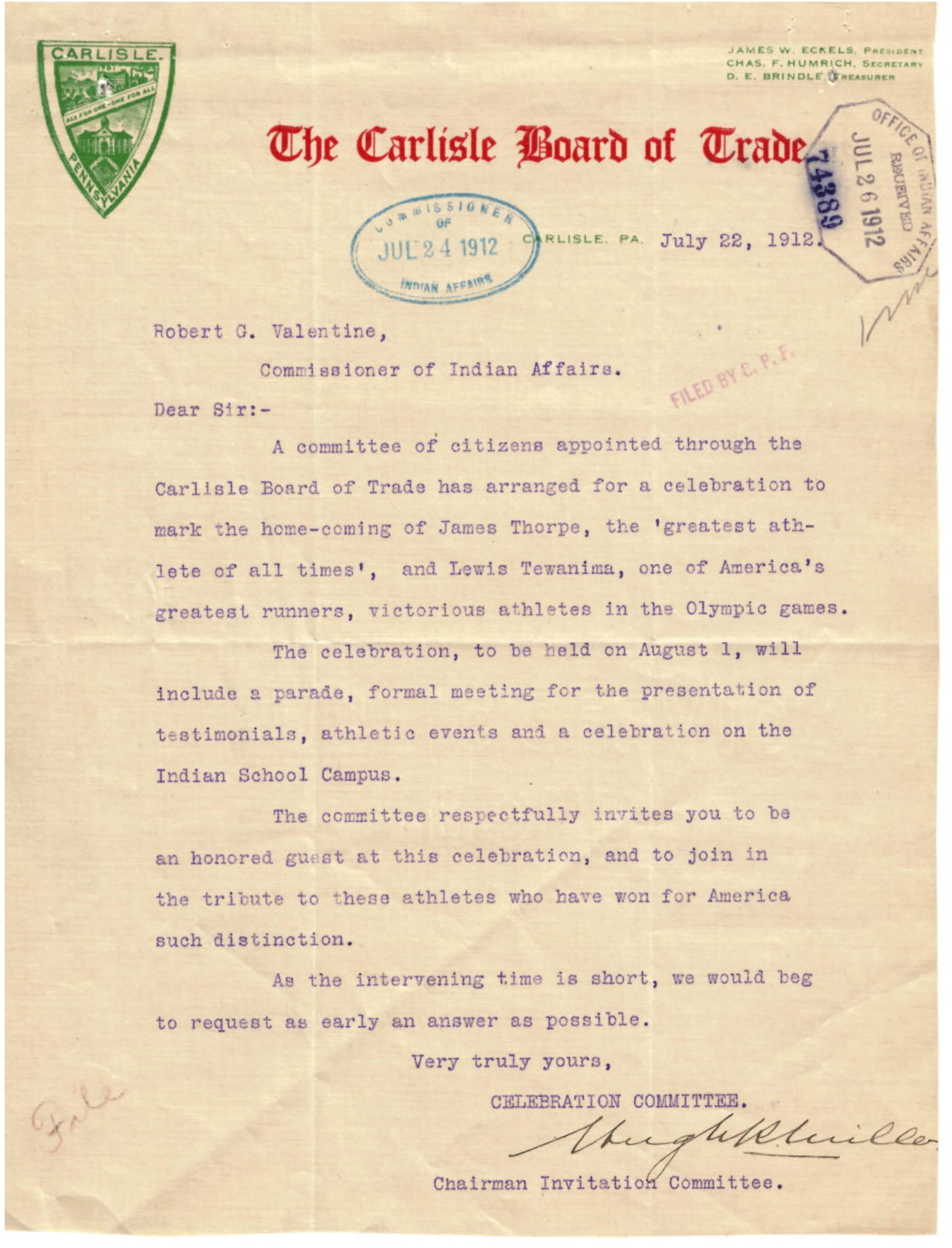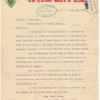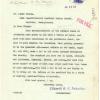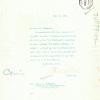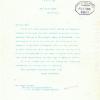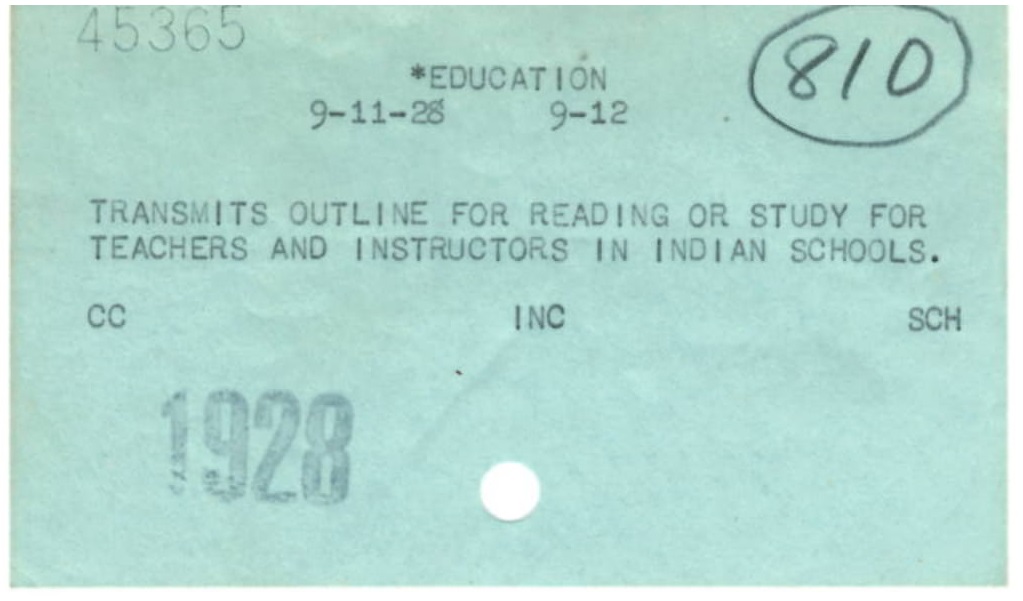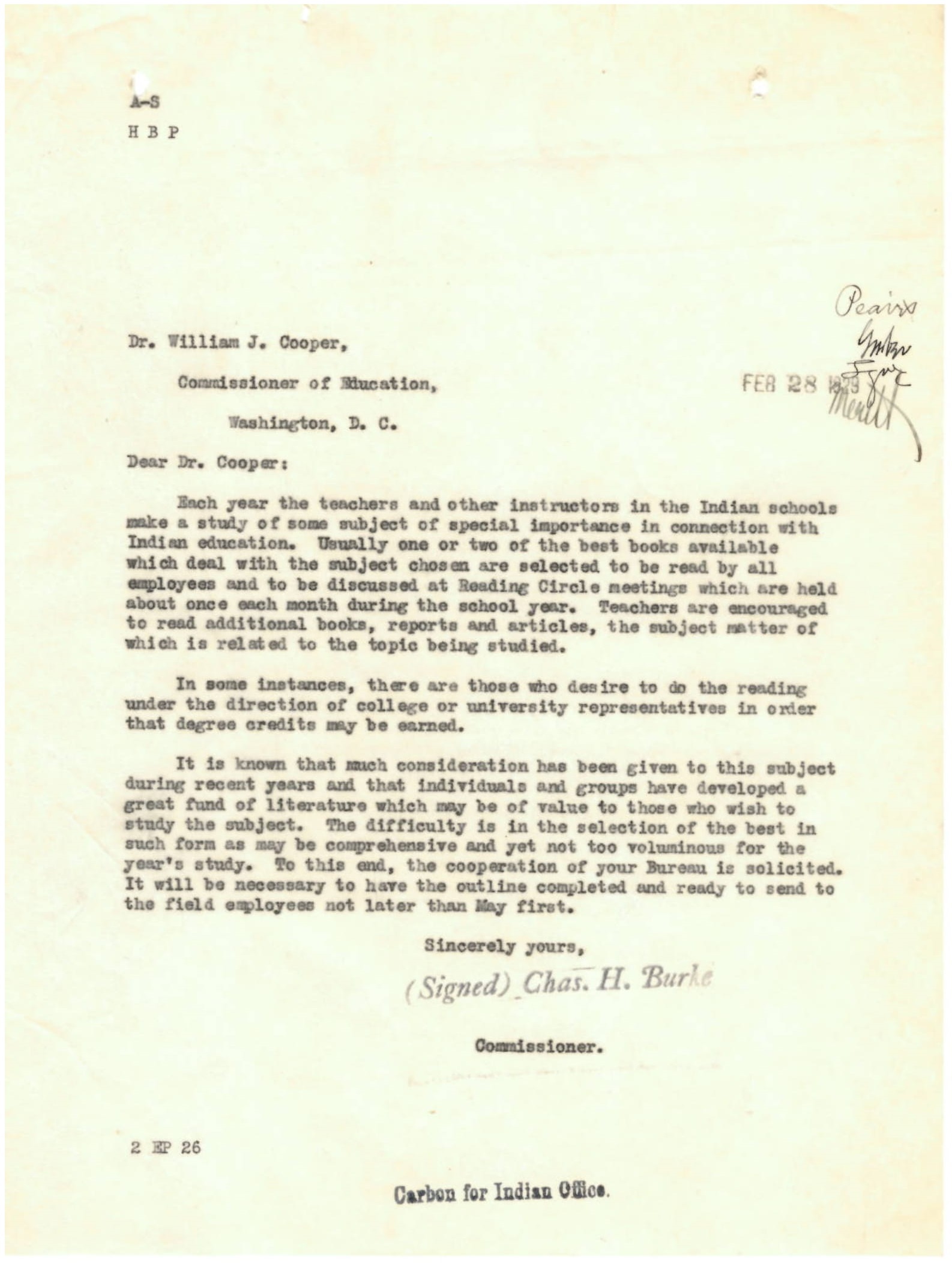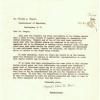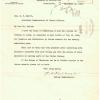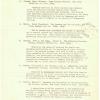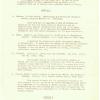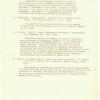
Numerical Index to the Central Classified Files, 1907–1942
The National Archives Building in Washington, DC (Archives 1), houses headquarters records of the Bureau of Indian Affairs (BIA) in Record Group 75. These records include the Central Classified Files (CCF), which serve as the main correspondence series for BIA headquarters during the twentieth century.
Archives 1 also houses a numerical index to the CCF that dates from 1907 to 1942 (National Archives Identifier 2108754). This index provides the four elements needed to request a CCF file: the letter number, year, decimal classification, and BIA agency/jurisdiction.
The CCF index is currently being digitized and added to the National Archives Catalog.
Arrangement
The CCF index is arranged by year and thereunder by letter number. Each index card refers to a different piece of correspondence. Index cards include the following information:
Anatomy of a CCF Index Card
An example of a generic CCF index card is shown below. The four elements needed to request the actual file—letter number, year, decimal classification, and BIA agency/jurisdiction—are circled in red.
Consolidated (Filed With) Index Card
Often, a CCF index card will include a handwritten note indicating that correspondence has been consolidated with another file. The note usually gives the full citation of the consolidated correspondence. Researchers should use the four-part consolidated file number (not the original file number) to request the documents.
An example is given below. The first index card describes a 1912 letter from the President to James Thorpe congratulating Thorpe on his success at the most recent Olympic Games. The handwritten "filed with" note indicates that the letter has been consolidated with File 71916-1912-047-Carlisle.
The second index card documents another letter about Thorpe's Olympic achievements. However, because the index card does not include a "filed with" note, the file should be requested in the normal way—i.e., using the letter number, year, decimal number, and BIA agency/jurisdiction indicated. When these components are put together, the correct file number is also File 71916-1912-047-Carlisle, meaning that this letter is the base letter of the consolidated file.
See the media gallery below for select documents from File 71916-1912-047-Carlisle.
General Services Index Card
CCF index cards that do not include a BIA agency or jurisdiction often refer to correspondence filed in the General Services category. The General Services category typically includes files related to more than one BIA agency or jurisdiction and files related to overall BIA policy.
An example is given below. In this case, the letter number (45365), year (1928), and decimal classification (810) are all given, but there is no indication on the card of the BIA agency or jurisdiction.
However, the summary of the letter references a reading outline for teachers in Indian schools. This summary suggests that the file does not relate to a single teacher or school, but to multiple ones. Researchers should look in the General Services category for the file.
See the media gallery below for select documents from File 45365-1928-810-General Services.
Exceptions
Occasionally, additional notes or stamps will appear on the CCF index cards to indicate that BIA officials removed the correspondence from the CCF series and filed it with another series instead. Several examples are given below. Each of the series listed are housed at Archives 1, with the exception of civilian personnel files (which are housed at the National Archives at St. Louis).
Stamp |
Series to Check for the Record |
| Inspection |
"Inspection Reports, 1908–1940" (Entry PI-163 953 in Record Group 75; National Archives Identifier 2034460) |
| Special |
Note: Depending on the date of the correspondence, it may be necessary to check more than one of the following series:
|
| Special Agent File |
"Special Agent Files, 1907–1948" (Entry PI-163 949 in Record Group 75; National Archives Identifier 2015398) |
| Status |
The status stamp usually indicates that the document was filed with the individual's personnel file. To request a copy of a personnel file, see Official Personnel Folders (OPF), Archival Holdings and Access. |
| Orders/Circulars |
Microfilm Publication M1121, Procedural Issuances of the Bureau of Indian Affairs: Orders and Circulars, 1854–1960 (National Archives Identifier 1116812 |
| Unable to Locate | This stamp indicates that the BIA clerk was unable to locate the file at the time. Unfortunately without a complete citation, it will not be possible to find the relevant record. |
For questions about these series, please email the Archives 1 Reference Branch at archives1reference@nara.gov.
